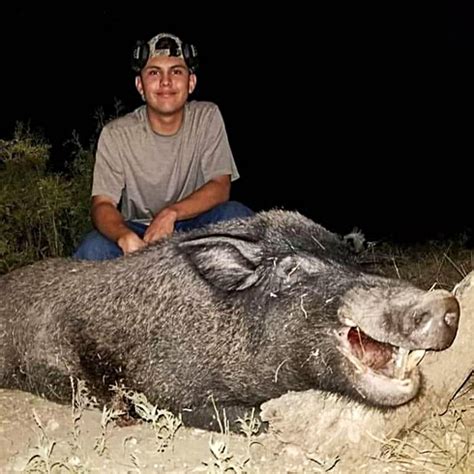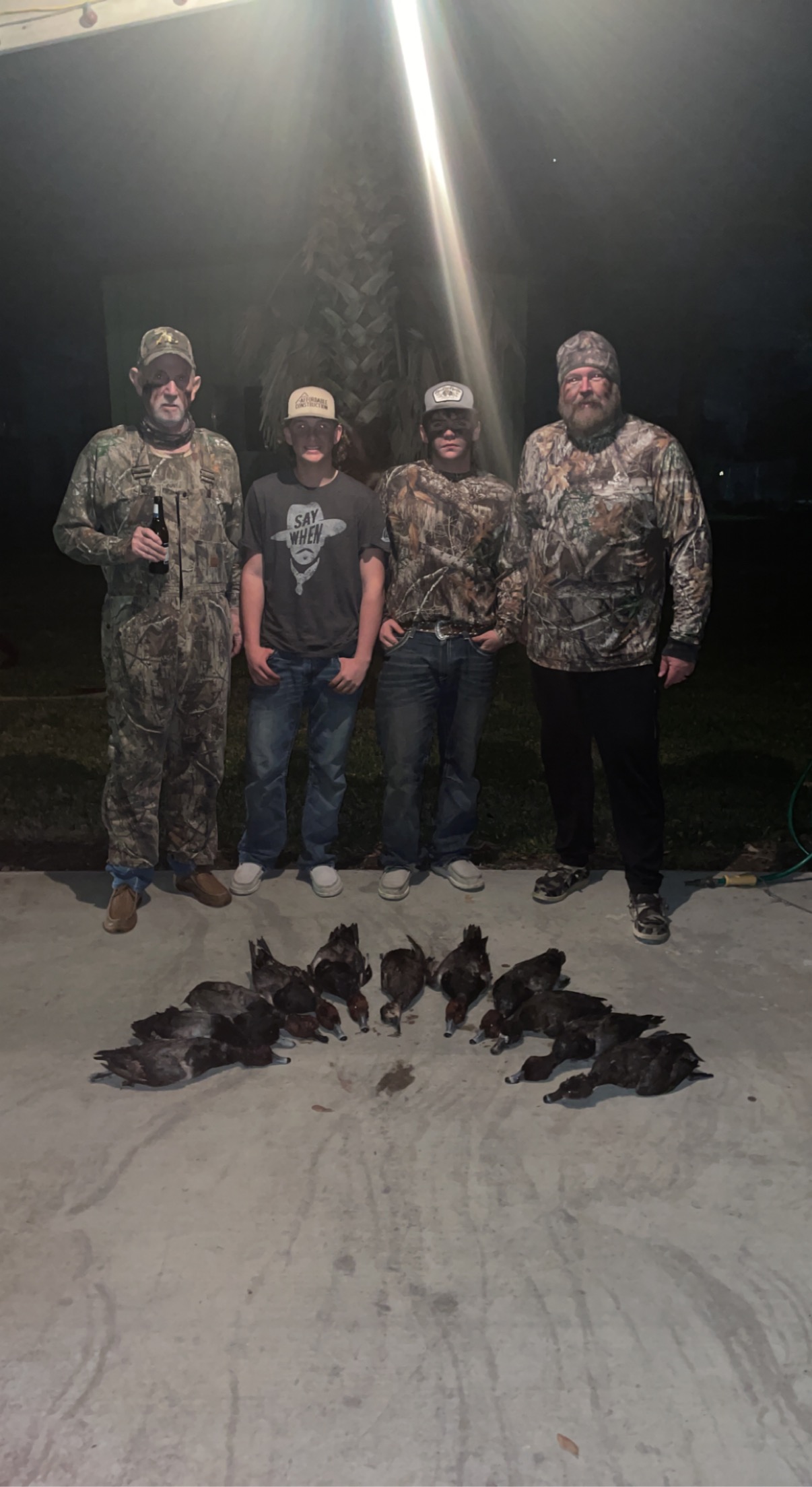West Texas Crane Hunt
Whitetail Hunt Close To Houston
Invasive Species Hunting in Damon
Hog Hunt Close To Houston
SANDHILL CRANE
Invasive Species Hunting in Van Horn
West Texas Whitetail
Dawn Patrol Ducks
Aoudad Special: 3 Days, 2 Nights
Invasive Species Hunting in Stock Island
Iguana Hunt
Big Game Exotics
TX Marsh And Bay Duck Hunts!
We started Captain Experiences to make it easy to book fishing and hunting guides around the world. With over 2,000 Damn Good Guides, our platform makes finding and booking a trip seamless. Head here to check out our trips.
Having a general idea of what to expect on a hunt is helpful but knowing how to pick out and identify individual ducks is one of the most important skills for any waterfowler. For new hunters, learning to identify waterfowl in the air can be overwhelming. There’s an incredible variety of duck species and conditions they fly in that makes their identity even harder to accurately call on the fly. To help you be more effective in the blind and stay on the right side of bag limits, here’s what you need to know.

What to Look For
Learning to identify a bird you’re unfamiliar with requires you to learn and use several distinct cues. With all game birds, typically there are several markings you can identify in the field that you need to learn to make an accurate identification. One marking, clue, or feature on it’s own is rarely enough to identify a bird in flight with near 100 percent accuracy. Seeing shiny green feathers on the head of a duck might mean it’s a mallard but, male northern shovelers also have a similar coloration. However, the distinctly-shaped bill on a north shoveler is the key feature that sets them apart. Here are five types of field marks you can use to accurately identify birds.
Duck Identification Tips
Explore different habitats.
You might want to run off and visit the closest lake to your house, but don’t neglect hidden ponds, creeks, or wetland. Many of the species of dabbling ducks can commonly be found in these shallower areas.
Be patient, quiet, and still.
As with all wildlife, some duck species are particularly skittish and take off at thefirst sign of danger. There’s a chance they will circle back so don’t give up right away. Take it slow and have a plan. You’ll be surprised what pop out of the vegetation or a small hidden channel.
Choose a duck and follow it.
There’s a good chance you’ll end up looking at a mixed bag of waterfowl species at some point and it can be overwhelming to it all in. Choose one duck from the group and watch it. Focusing on one duck will give you a lot of insight about its behavior. As it moves around you will get to see it from multiple angles and how it interacts with other species. Ducks have tons of personality and the more you watch them, the easier it becomes to pick them out of a crowd.
Identifying Ducks for New Hunters
If you’re a new waterfowl hunter, starting off by hunting with a guide or seasoned hunter is the best way to rapidly absorb critical information. Heading off on your own without being able to identify birds could land you on the wrong side of strict waterfowl bag limits. When you get started working on your waterfowl identification, explore several locations where you can get closer to the birds and have a better look. Starting your waterfowl identification adventures off with a distant flock of birds in the middle of a lake will be more frustrating than informative. Many of these identification tips will take some time to fully grasp, but once you get a good look at the bird and understand what you see, you’ll be set.
Joey Butrus
Updated on August 2, 2023

January 19, 2021

August 21, 2023

July 1, 2024

March 8, 2022

July 31, 2024
Related Articles
April 12, 2022
September 18, 2022
June 27, 2022
Featured Locations
- Fishing Charters Near Me
- Austin Fishing Guides
- Biloxi Fishing Charters
- Bradenton Fishing Charters
- Cabo San Lucas Fishing Charters
- Cancun Fishing Charters
- Cape Coral Fishing Charters
- Charleston Fishing Charters
- Clearwater Fishing Charters
- Corpus Christi Fishing Charters
- Crystal River Fishing Charters
- Dauphin Island Fishing Charters
- Daytona Beach Fishing Charters
- Destin Fishing Charters
- Fort Lauderdale Fishing Charters
- Fort Myers Fishing Charters
- Fort Walton Beach Fishing Charters
- Galveston Fishing Charters
- Gulf Shores Fishing Charters
- Hatteras Fishing Charters
- Hilton Head Fishing Charters
- Islamorada Fishing Charters
- Jacksonville Fishing Charters
- Jupiter Fishing Charters
- Key Largo Fishing Charters
- Key West Fishing Charters
- Kona Fishing Charters
- Lakeside Marblehead Fishing Charters
- Marathon Fishing Charters
- Marco Island Fishing Charters
- Miami Fishing Charters
- Montauk Fishing Charters
- Morehead City Fishing Charters
- Naples Fishing Charters
- New Orleans Fishing Charters
- New Smyrna Beach Fishing Charters
- Ocean City Fishing Charters
- Orange Beach Fishing Charters
- Panama City Beach Fishing Charters
- Pensacola Fishing Charters
- Pompano Beach Fishing Charters
- Port Aransas Fishing Charters
- Port Orange Fishing Charters
- Rockport Fishing Charters
- San Diego Fishing Charters
- San Juan Fishing Charters
- Sarasota Fishing Charters
- South Padre Island Fishing Charters
- St. Augustine Fishing Charters
- St. Petersburg Fishing Charters
- Tampa Fishing Charters
- Tarpon Springs Fishing Charters
- Venice Fishing Charters
- Virginia Beach Fishing Charters
- West Palm Beach Fishing Charters
- Wilmington Fishing Charters
- Wrightsville Beach Fishing Charters

































